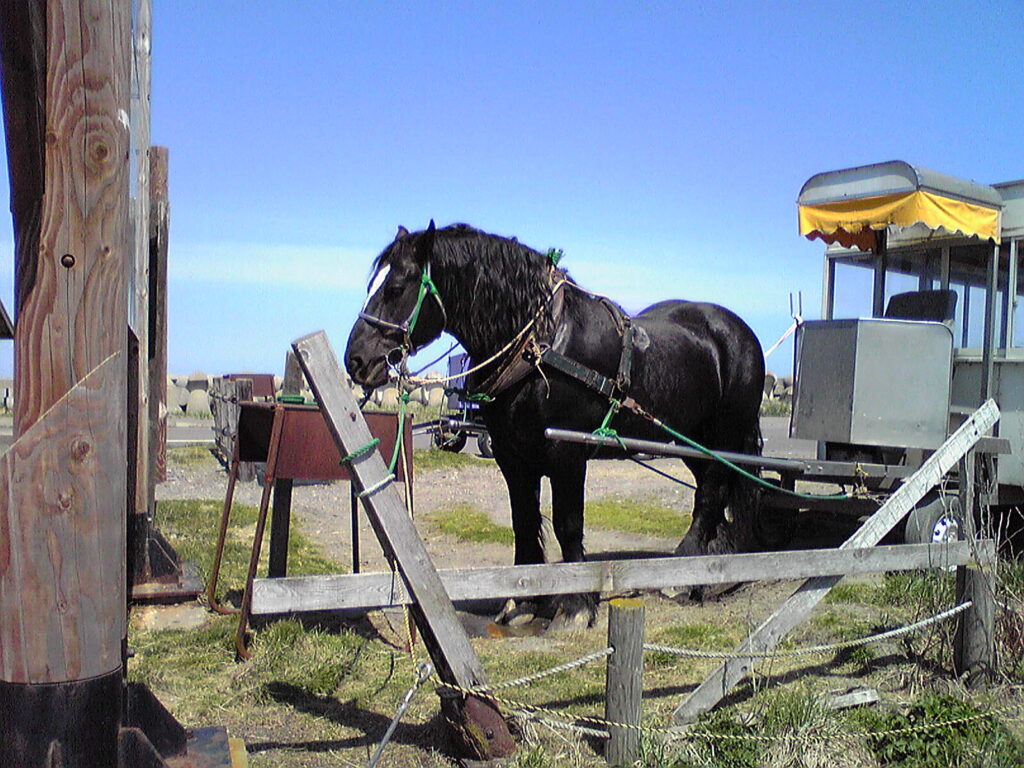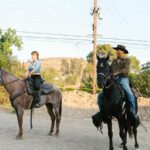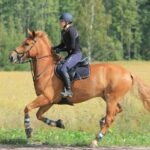Throughout history, horses have been humanity’s steadfast companions in some of the world’s most challenging environments. From the frigid steppes of Mongolia to the scorching deserts of Arabia, certain horse breeds have evolved remarkable adaptations that allow them to thrive where others would falter. These extraordinary equines combine physical resilience with psychological fortitude, making them invaluable partners for demanding work in extreme conditions. Whether facing bitter cold, intense heat, mountainous terrain, or long-distance journeys, these hardy breeds continue to demonstrate why they’ve earned their reputation as some of nature’s most durable working animals. This article explores the world’s most resilient horse breeds, examining the unique characteristics that enable them to excel in harsh working environments while maintaining their health and stamina.
Mongolian Horse: The Ultimate Cold-Weather Survivor
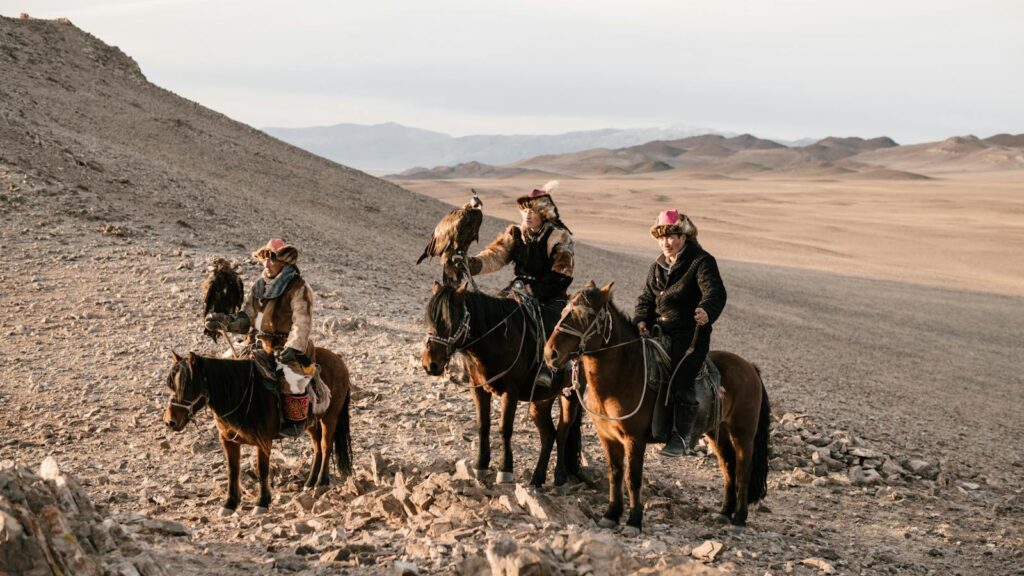
The Mongolian horse stands as perhaps the most environmentally adaptable equine on the planet, having evolved to withstand the brutally harsh continental climate of the Mongolian steppes. These compact, sturdy horses survive temperature extremes ranging from -40°F in winter to 86°F in summer, often with minimal human intervention. Their thick winter coat grows to an astonishing length, providing essential insulation against temperatures that would be fatal to many other breeds. Remarkably, Mongolian horses can break through ice to access water and dig through snow to find forage, skills that have allowed them to survive semi-wild for thousands of years. Their incredible endurance was demonstrated historically by Genghis Khan’s armies, whose mounted warriors could cover up to 100 miles per day on these resilient steeds.
Arabian Horse: Desert-Adapted Endurance Specialist
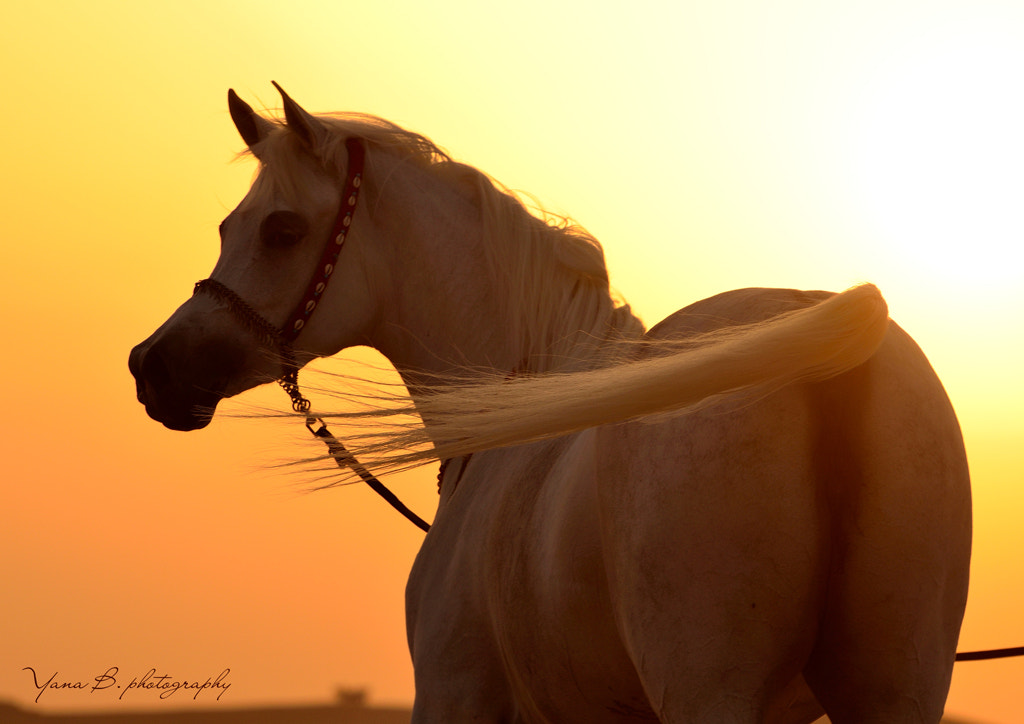
The Arabian horse has been refined over thousands of years to withstand the extreme conditions of the Arabian Peninsula, making it one of the world’s premier breeds for hot, arid environments. Their distinctive physical characteristics—including a higher density of blood vessels near the skin and more efficient sweating mechanisms—allow them to regulate body temperature more effectively than almost any other breed. Arabians possess a unique skeletal structure featuring one less vertebra and rib than other horses, contributing to their legendary agility and stamina in harsh terrain. Their large nostrils and efficient lungs enable superior oxygen uptake, while their compact build conserves energy during extended journeys. The breed’s natural desert adaptation is perhaps best showcased in endurance competitions, where Arabians consistently dominate international events that require horses to travel 50-100 miles in a single day across challenging landscapes.
Icelandic Horse: Master of Arctic Conditions
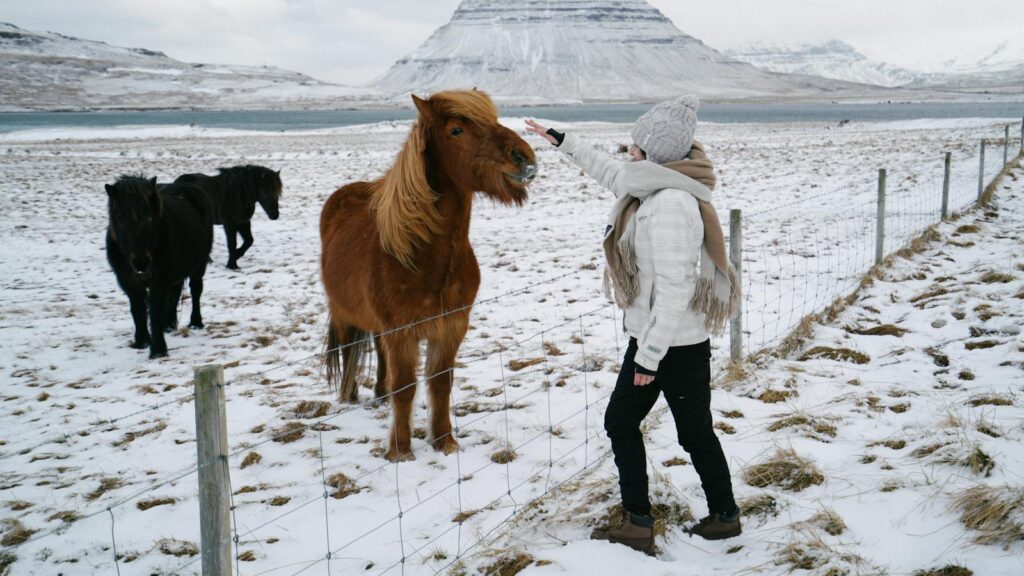
The Icelandic horse has evolved over a millennium of isolation to become one of the planet’s most cold-resistant equine breeds. These horses develop a double coat during winter: a waterproof outer layer and a dense, insulating undercoat that allows them to remain outdoors year-round in Iceland’s harsh subarctic climate. Their metabolic efficiency is remarkable, requiring less feed than many larger breeds while maintaining excellent body condition in severe weather. The breed’s unique “tölt” gait—a smooth four-beat lateral amble—enables them to traverse Iceland’s rough volcanic terrain efficiently while carrying substantial loads. These horses have historically been essential to Icelandic survival, serving as the only reliable transportation across the island’s treacherous winter landscapes when all other methods failed.
Norwegian Fjord Horse: Built for Mountain Work
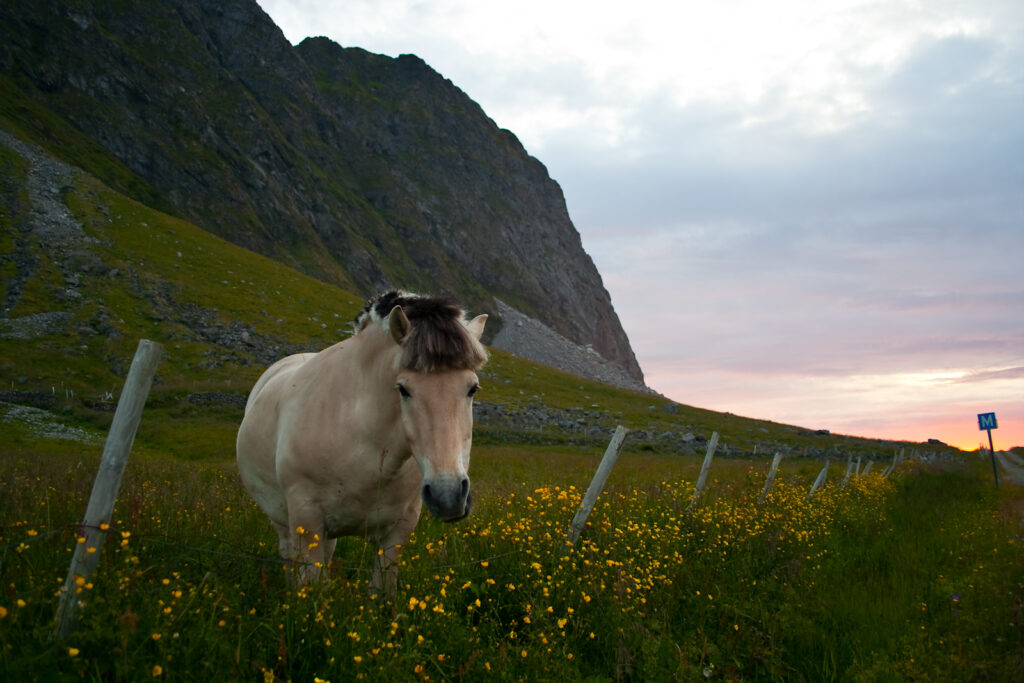
The Norwegian Fjord horse stands as one of the world’s most versatile mountain-adapted work breeds, with a history dating back thousands of years in the challenging fjord regions of western Norway. Their powerful build features a distinctive crescent-shaped neck and strong, compact body ideally suited for navigating steep terrain while carrying heavy loads. The Fjord’s sure-footedness on treacherous mountain paths comes from naturally balanced proportions and an instinctive awareness of foot placement that few other breeds can match. Their thick double coat provides protection against the harsh Nordic elements, while their calm temperament enables them to work methodically in stressful conditions. Historically, these horses were the lifeline of remote Norwegian communities, performing everything from logging in dense forests to plowing steep fields where machinery could not function.
Marwari Horse: Heat-Resistant Desert Worker
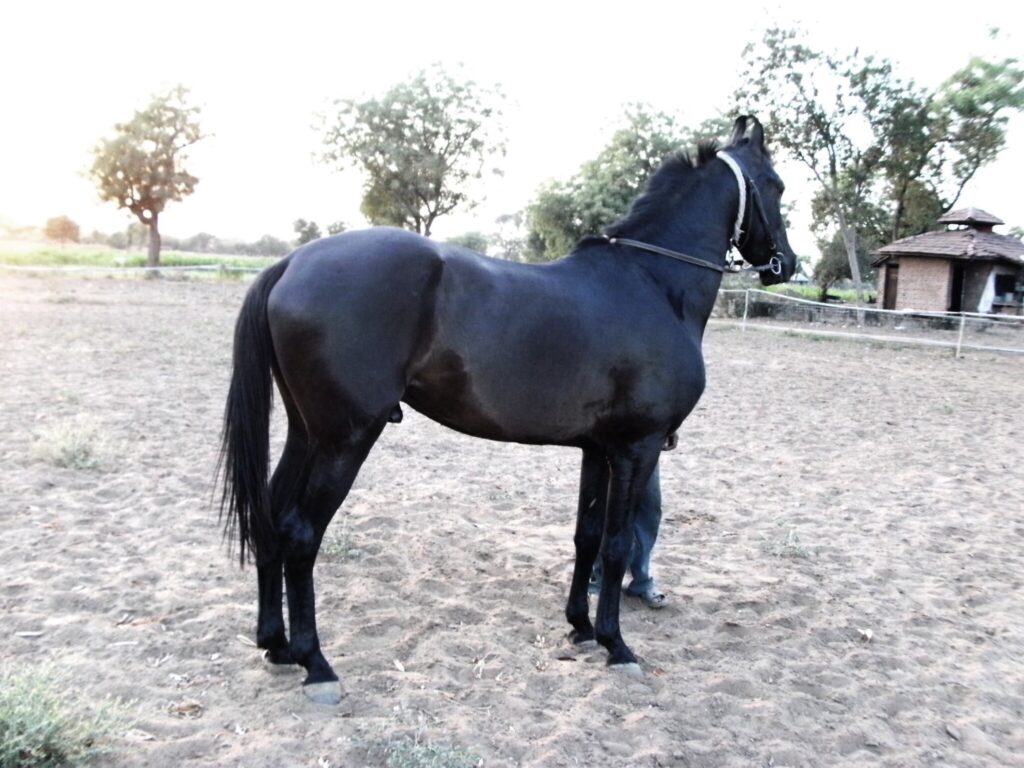
The Marwari horse of India’s Rajasthan region possesses exceptional adaptations for work in extreme desert heat and minimal water conditions. Their most distinctive physical feature—unique inward-curving ears that can rotate 180 degrees—provides enhanced hearing while protecting the inner ear from driving sand during desert storms. Marwaris have evolved highly efficient water conservation physiology, allowing them to work in temperatures exceeding 100°F while requiring less water than most other breeds. Their hard hooves resist cracking in hot, abrasive sand, while their natural ambling gait provides smooth, energy-efficient movement across difficult terrain. Historically valued by Rajput warriors for their courage under extreme stress, today’s Marwari horses maintain their legendary ability to remain calm and functional in chaotic, high-pressure working environments.
Bashkir Horse: Survivor of Extreme Temperature Swings
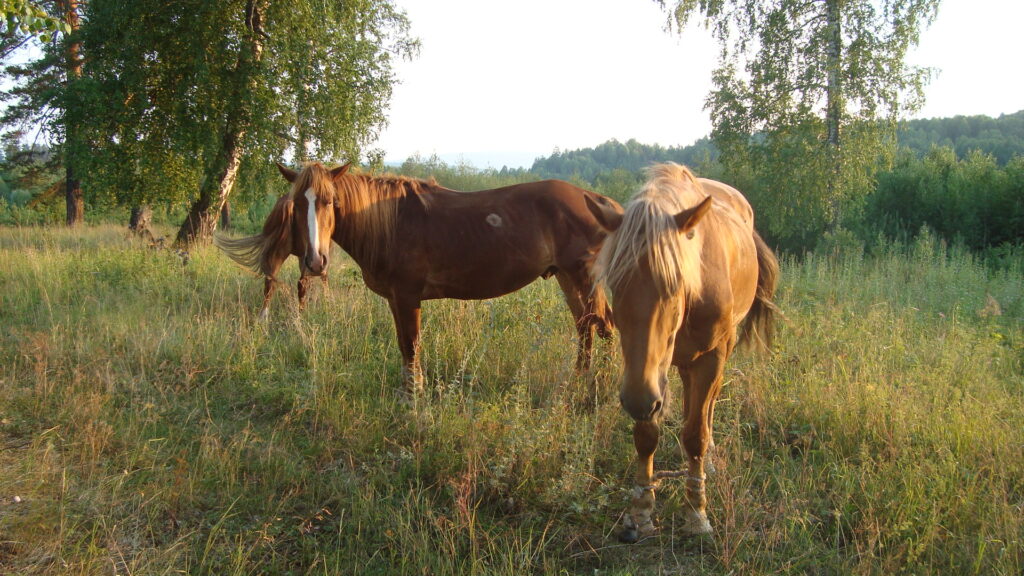
The Bashkir horse of Russia’s Ural Mountains region has developed exceptional tolerance for some of the most extreme temperature fluctuations on Earth. These horses thrive in an environment where temperatures can range from -40°F in winter to over 104°F in summer, making them among the most climatically adaptable breeds globally. Their thick winter coat can grow to nearly 4 inches in length, providing critical insulation during the brutally cold Bashkortostan winters. The breed’s metabolic efficiency allows them to maintain condition on sparse forage during harsh conditions, converting limited resources into sustained work energy. Historically, Bashkir horses were essential to the survival of indigenous peoples in the region, providing transportation, milk, meat, and materials in an environment where few other domesticated animals could survive year-round.
Canadian Horse: The “Little Iron Horse” of North America
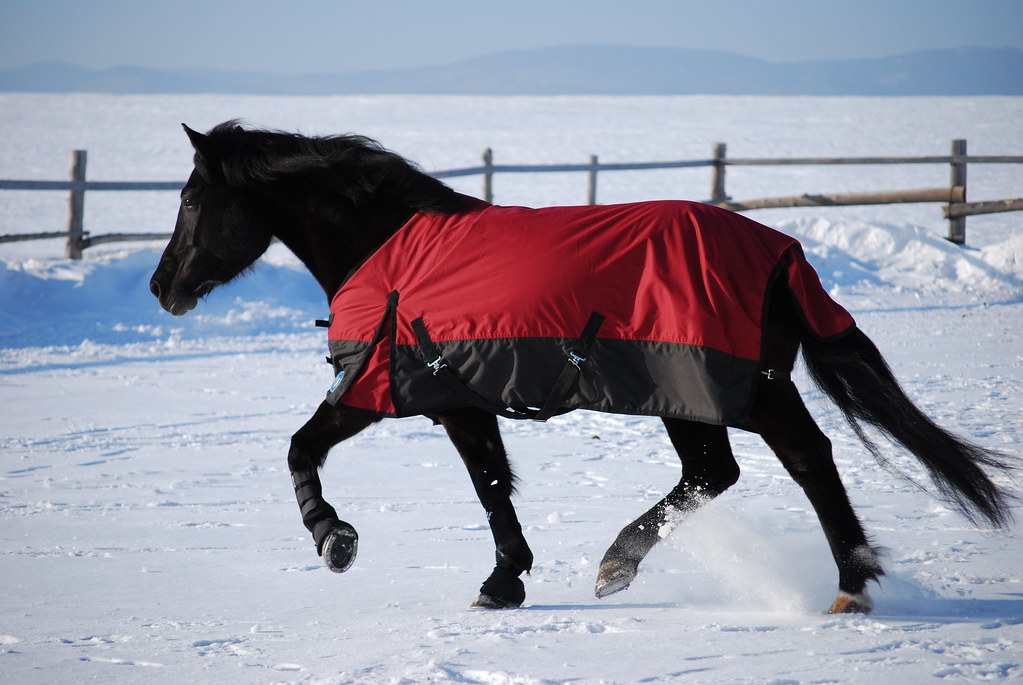
The Canadian horse earned its nickname “Little Iron Horse” through demonstrating extraordinary endurance and adaptability in the harsh climate of early Canadian settlements. Developed from French stock brought to Quebec in the 17th century, these horses evolved through natural selection in North America’s challenging seasonal extremes. Their dense bone structure and powerful muscling provide superior strength relative to their modest size, allowing them to outwork many larger draft breeds in difficult conditions. Canadian horses possess exceptional cold tolerance, growing thick winter coats while maintaining energy efficiency that allows them to work through sub-zero temperatures with minimal additional feed requirements. Their balanced temperament—combining focused work ethic with level-headed response to environmental stress—made them essential to early Canadian agriculture, logging, and transportation in conditions that frequently broke less hardy breeds.
Yakutian Horse: The World’s Most Cold-Adapted Equine
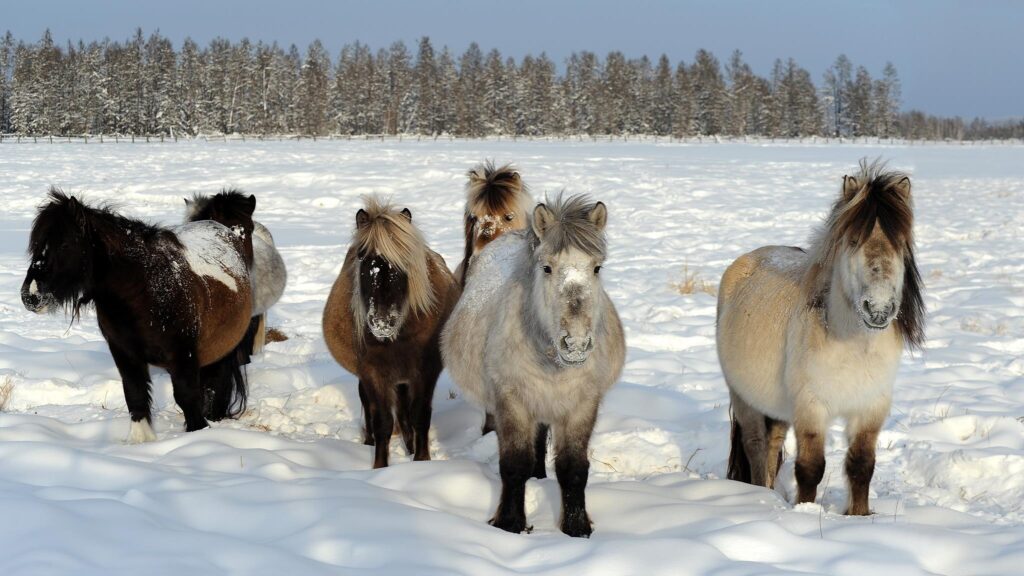
The Yakutian horse represents the pinnacle of equine cold-weather adaptation, thriving in Siberia’s Yakutia region where winter temperatures regularly plunge to -70°F. These remarkable horses have evolved unique physiological adaptations, including specialized blood circulation that allows them to lower limb temperatures to near freezing while maintaining core warmth, preventing tissue damage. Their winter coat grows to an astonishing 8 inches in length, providing insulation that rivals arctic mammals, while their compact, rounded bodies minimize heat loss through reduced surface area. The breed’s metabolic efficiency allows them to extract maximum nutrition from frozen vegetation they excavate from beneath snow layers up to 3 feet deep. Genetic studies have revealed Yakutian horses possess specific genetic markers related to cold adaptation not found in other breeds, making them a living example of extreme environmental specialization.
Percheron: Powerhouse for Heavy Work in Variable Conditions

The Percheron developed in France’s Le Perche region as an exceptionally adaptable heavy work breed capable of functioning effectively across dramatically varying conditions. These powerful horses combine the massive strength needed for heavy pulling with unexpected agility and stamina that allows them to work through challenging terrain and weather fluctuations. Their clean-legged draft build provides the muscle mass necessary for intense work without the excessive feathering that can create maintenance issues in wet or muddy conditions. Percherons possess remarkable cardiac efficiency that enables sustained work output while maintaining metabolic balance, preventing the overheating issues that plague many other draft breeds during extended work periods. Historically, these horses transitioned seamlessly from agricultural work to pulling Paris omnibuses to artillery transportation in both World Wars, demonstrating their unique combination of strength, endurance, and environmental adaptability.
Przewalski’s Horse: The Blueprint for Equine Durability
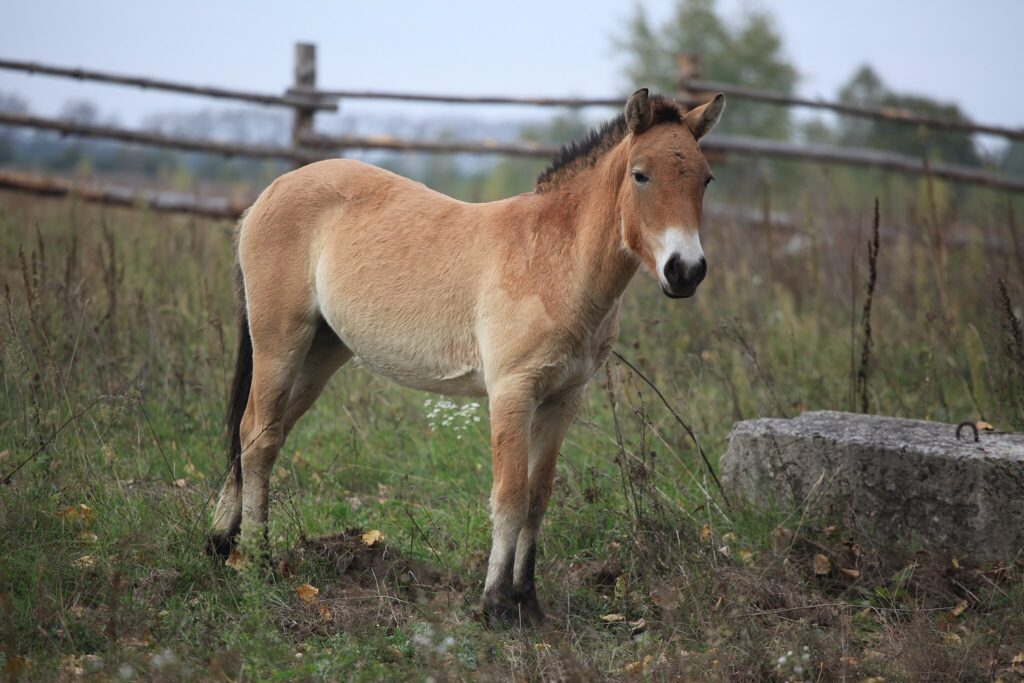
The Przewalski’s horse, though not domesticated for work purposes, deserves mention as the only truly wild horse species surviving today and the genetic blueprint for equine environmental resilience. These horses have survived in Mongolia’s Gobi Desert region through extreme climate conditions without human intervention, representing the purest expression of natural equine adaptation. Their physiology demonstrates remarkable temperature regulation capabilities, allowing them to function through seasonal extremes ranging from -40°F to 100°F with minimal behavioral accommodation. Przewalski’s horses possess digestive efficiency that extracts maximum nutrition from sparse, low-quality forage that would be insufficient for most domestic breeds. Their natural immunological resistance to regional parasites and diseases represents thousands of years of evolutionary adaptation to harsh environmental conditions, providing valuable genetic resources for understanding equine durability.
Haflinger: Alpine Work Specialist
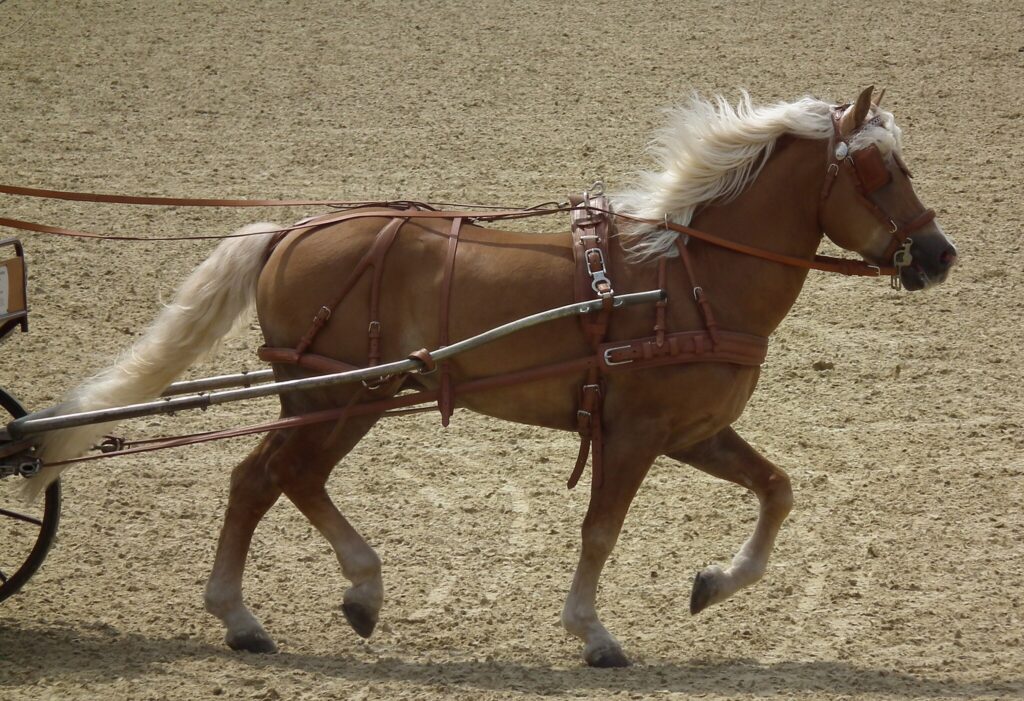
The Haflinger horse developed in the challenging Alpine regions of Austria and northern Italy as a versatile mountain work breed capable of thriving in demanding topographical and weather conditions. Their sturdy build combines the strength needed for heavy pulling with the agility required for navigating narrow mountain trails and steep inclines safely. Haflingers possess an exceptional power-to-weight ratio that allows them to carry substantial loads efficiently across difficult terrain while consuming relatively modest amounts of forage. Their sure-footedness on uneven, rocky surfaces comes from naturally balanced conformation and instinctive foot placement abilities developed through centuries of mountain adaptation. The breed’s calm, methodical approach to challenging work environments makes them particularly valuable in situations where careful navigation of hazardous conditions is essential to both equine and human safety.
Akhal-Teke: Desert Endurance Marvel

The Akhal-Teke from Turkmenistan represents one of history’s most impressive adaptations to harsh desert working conditions and minimal resource availability. These horses evolved remarkable metabolic efficiency that allows them to work intensely with limited water and sparse forage, historically enabling them to carry riders across vast desert expanses where other breeds would perish. Their distinctive lean physique features minimal fat reserves and highly efficient muscle fibers that generate maximum power while producing less heat, a critical advantage in hot environments. The Akhal-Teke’s unique coat structure—with reduced hair density and distinctive metallic sheen—contributes to superior heat dissipation during intense work in high temperatures. Perhaps most impressively, these horses developed the ability to dramatically lower their metabolic rate during periods of resource scarcity, effectively entering a semi-hibernation state that preserves essential functions while minimizing energy requirements.
Selecting the Right Durable Breed for Specific Conditions

When selecting a horse breed for harsh working conditions, careful matching of specific breed adaptations to environmental challenges significantly impacts both animal welfare and work productivity. Cold-dominated environments with heavy snow are best suited to breeds with superior insulation and the ability to forage through snow cover, making Yakutian, Mongolian, or Icelandic horses ideal choices. For hot, arid regions, breeds with efficient cooling systems and water conservation abilities—such as Arabians, Marwaris, or Akhal-Tekes—will maintain functionality while requiring fewer resources. Mountainous or rough terrain applications demand breeds with exceptional sure-footedness and balanced gaits, pointing toward Norwegian Fjords, Haflingers, or certain gaited mountain breeds that can navigate difficult landscapes safely. Beyond environmental considerations, matching the breed’s typical temperament and stress response patterns to the specific work demands ensures both physical and psychological suitability for harsh working conditions.
Conclusion
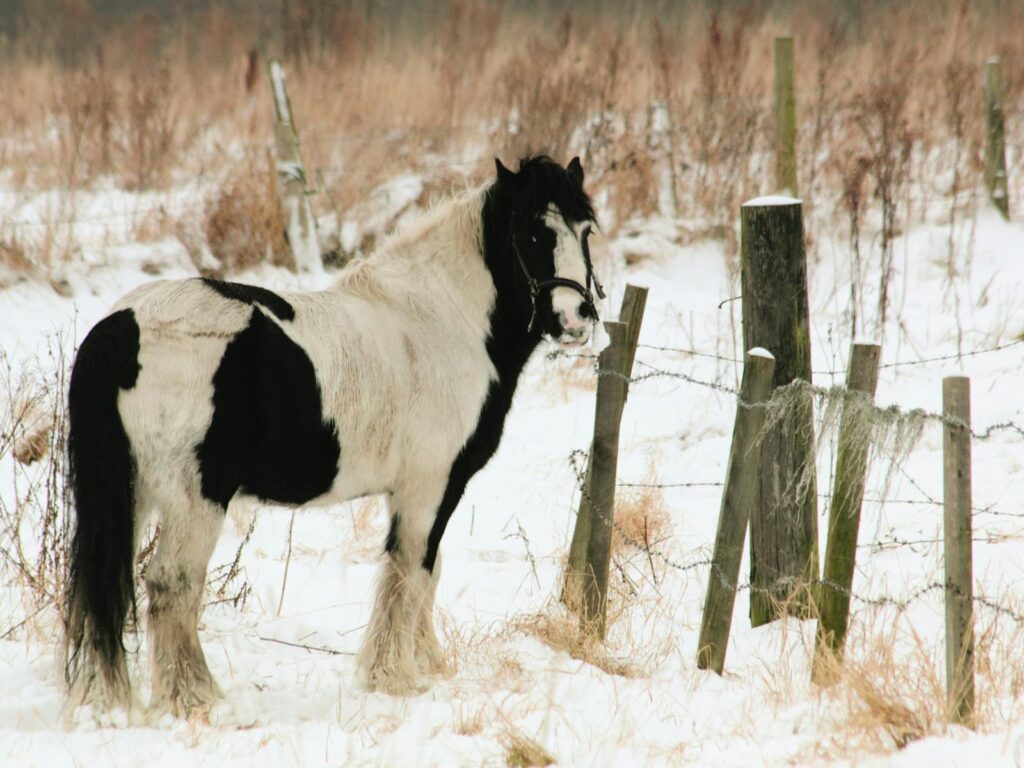
The world’s most durable horse breeds represent remarkable examples of adaptation to extreme environments, combining specialized physiological traits with psychological resilience that enables productive work under challenging conditions. From the Arctic cold tolerance of the Yakutian to the desert endurance of the Arabian, these breeds demonstrate nature’s extraordinary capacity to develop specialized solutions to environmental challenges. While modern mechanical technology has replaced horses in many work settings, these durable breeds continue to provide essential services in regions where machines cannot function or remain prohibitively expensive. Beyond their practical applications, these horses represent living repositories of genetic adaptations developed over thousands of years—adaptations that continue to inform our understanding of environmental resilience and may prove increasingly valuable as climate challenges intensify globally.

